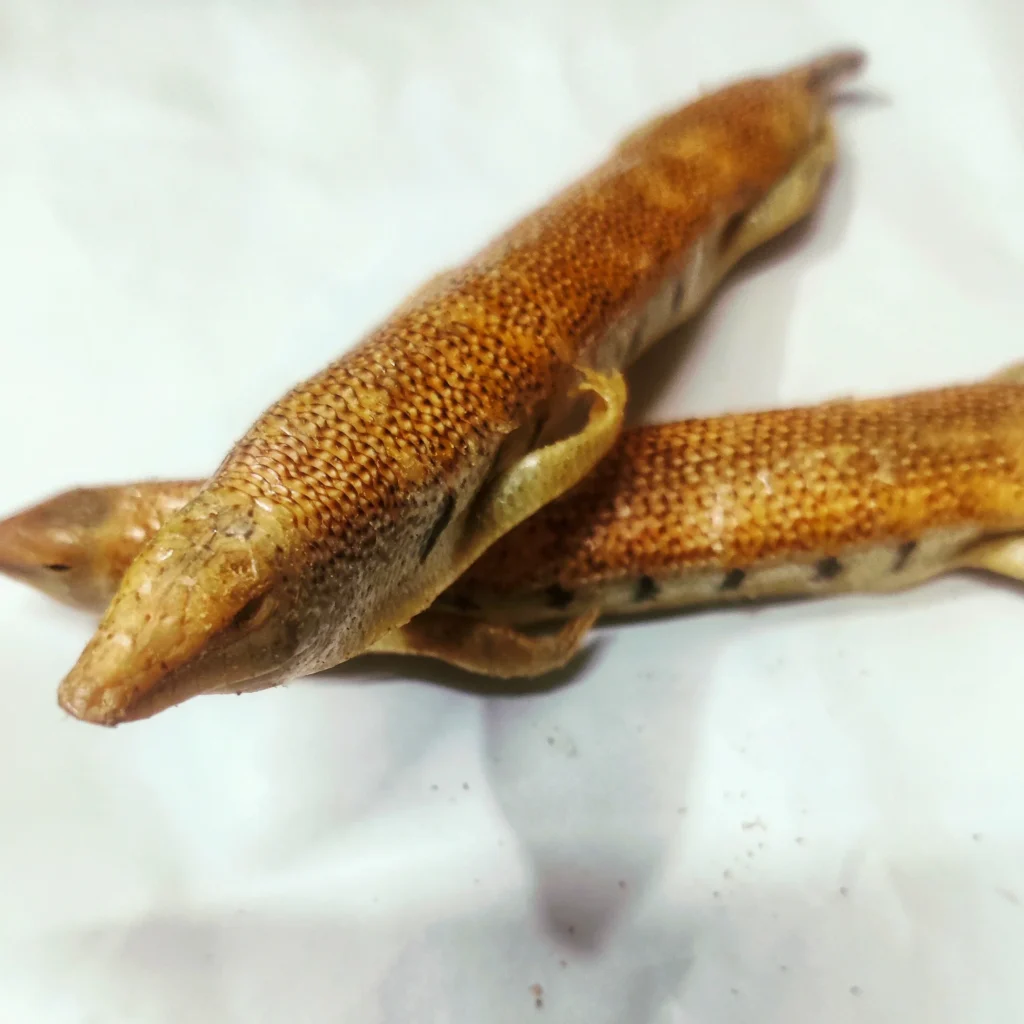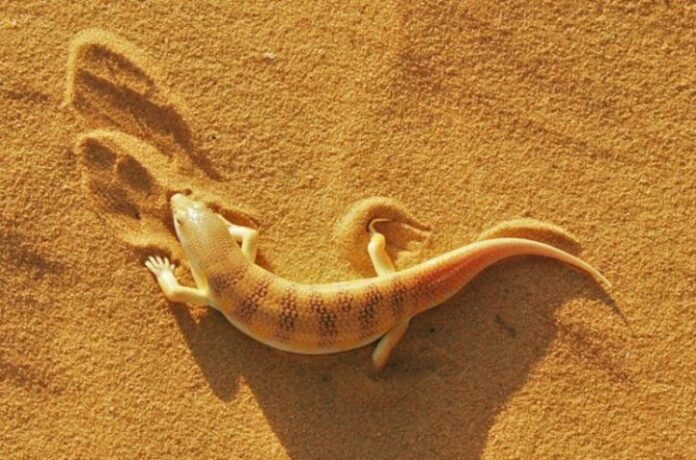Definition
A species of lizard native to Europe and parts of Asia. Known for its preference for sandy and heathland habitats, where it can bask in the sun and burrow into the loose soil. The males often display green coloring, especially during the breeding season, while females tend to be browner and more mottled.
- Habitat: They typically inhabit sandy or heathland areas, where there is plenty of sunlight for basking and loose soil for burrowing. These habitats are essential for their thermoregulation and for laying eggs.
- Diet: Sand lizards are insectivorous, feeding primarily on a diet of insects, spiders, and other small invertebrates.
- Behavior: They are diurnal, which means they are active during the day. Sand lizards are known for their basking behavior, where they soak up heat from the sun to regulate their body temperature.
- Reproduction: Female sand lizards lay eggs, usually in sandy or loose soil, which incubate under the warmth of the sun. The young lizards hatch a few weeks later, fully formed and independent.
- Conservation Status: In some regions, sand lizard populations are under threat due to habitat destruction, particularly from urban development, agriculture, and changes in land use. Conservation efforts focus on protecting their natural habitats and managing areas where they are found to ensure their survival.
- Characteristics: Sand lizards are distinguished by their robust bodies, long tails, and distinctive markings. They are ectothermic (relying on external sources of heat) and have scales that help prevent water loss, making them well-adapted to their environments.
What is the scientific name of the sand lizard?
The scientific name of the sand lizard is Lacerta agilis, and it is the only native UK species in the Lacertagenus.
The common lizard, also known as the viviparous lizard, was formerly considered to be in the Lacerta genus, but is now in the Zootoca genus.
How to identify?
Sand Lizards can be identified by their size, shape and back markings. Adult, male Sand Lizards are very distinctive with bright green flanks between April and June.

Size: Sand Lizards are larger than the more frequently seen Common Lizard and can grow up to 20cm in length. Adult Common Lizards reach up to 15cm long.
Shape: A Common Lizard is much slenderer in appearance, with an almost pencil-shaped body and head. A Sand Lizard is quite chunky, with a more angular head.
Back markings: Sand Lizards may be identified by their back markings, specifically ocelli (white spots with a dark frame) that run along either flank and down the center of its back. The ocelli along the back sit between two light brown stripes running parallel down the back. The ocelli on Dorset and Surrey Sand Lizards are much bolder than Merseyside lizards. Common Lizards have a single dark dorsal stripe and a speckled or striped pattern.
A year in the life
Spring
Adult lizards emerge from their hibernation sites in spring; breeding takes place during April and May. Sand Lizards are dependent on well managed heathland or sand dune habitats. They bask in sunny spots close to mature vegetation. They feed on fruit and flower heads as well as insects, slugs and spiders.
Summer
Females lay their eggs in May/June; the eggs are buried in sand which is exposed to sun, allowing them to keep warm. Between August and early October, the eggs hatch and juvenile lizards emerge.
Autumn
Between August and early October, the eggs hatch and juvenile lizards emerge.
Winter
Sand Lizards hibernate between November and March.
Benefits
- Sand lizard helps to give potential to male sperm.
- Sand lizard is beneficial for male impotence, menstrual cramps, back pain, joint pain.
- It is used as an excellent medicine for menstrual cramps and premature ejaculation.
- It is not used alone but is used in combination with various herbs like marsh orchid, salep orchid, humble seeds etc.
Side Effects
Sand lizard has a very hot temper. Don’t intake too much and should reduce its use during hot season.
Always consult a professional doctor before using it.
This Article is for Basic Information. Contact a professional doctor before using it.
HAKEEM KARAMAT ULLAH
+923090560000




